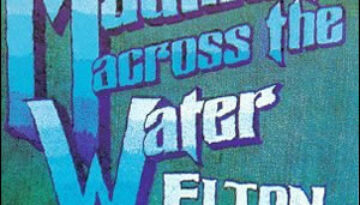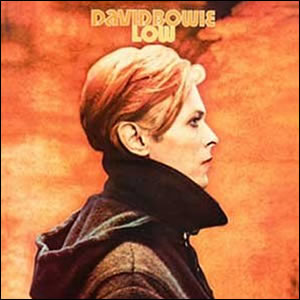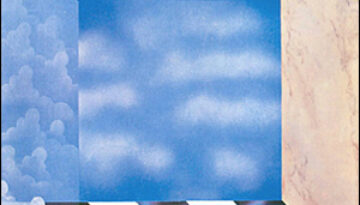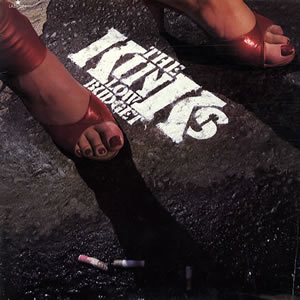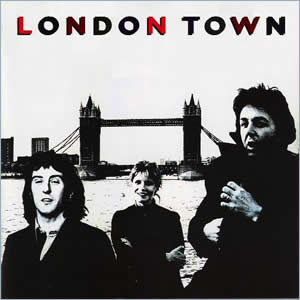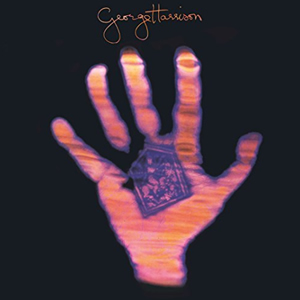Making Movies by Dire Straits
Buy Making Movies In 1980 Dire Straits made a theatrical rock masterpiece with their third studio album, Making Movies. This record features many extensive, personally themed compositions by Mark Knopfer with complex arrangements […]


